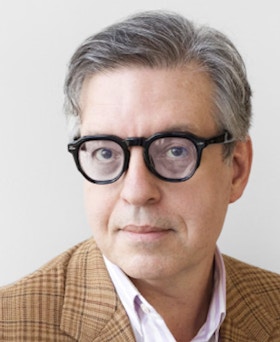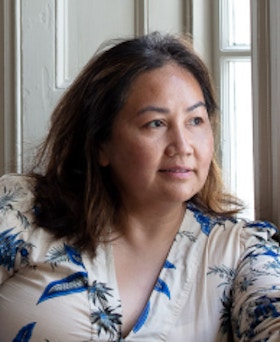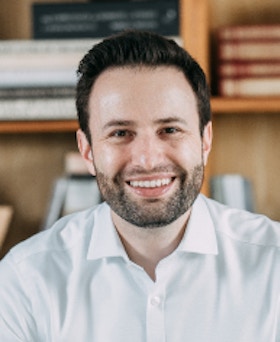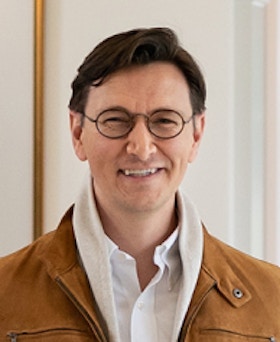
The White House Tennis Pavilion, built 2020. Architect, Steven W. Spandle, Principal, Steven W. Spandle Architect, New York; designer Thammanoune Kannalikham, Kannalikham Designs, New York. Image Credit: Bruce White, courtesy of Kannalikham Designs.
The Future of Classicism
Reimagining Tradition in Contemporary Architecture and Design


Overview
In this talk, renowned architects and designers will gather to discuss the relevance of antiquities and the classical tradition to both contemporary practitioners and design enthusiasts, looking in particular at the relevance that architectural and design precedent has in contemporary practice, and the opportunities for inventiveness and innovation that exist when working with historic design languages. In applying the language of classicism and traditional design elements to contemporary projects, practitioners must also address a host of new challenges, including how to scale traditional architectural ingredients to a modern high rises, how to address issues of sustainability, how to source materials, and how to apply timeless design principles to contemporary uses. Four esteemed panelists—all members of the Institute of Classical Architecture & Art (ICAA)—will explore these issues and more in an in-depth conversation.
Four experts focus on the ways in which antiques, traditional design elements, and the language of classicism are all employed to striking effect in their own, new projects. What is the relevance of architectural and design precedents in their contemporary practice, and what are the opportunities for inventiveness and innovation when working with historic design languages?
TEFAF Talks are interactive panel discussions exploring today’s most fascinating topics in the worlds of art, antiques, and design. Paired with leading content partners, these talks showcase the knowledge of leading experts in the broader TEFAF community. This talk is presented in partnership with the ICAA and moderated by Mitchell Owens, American Editor, World of Interiors.
Panelists








